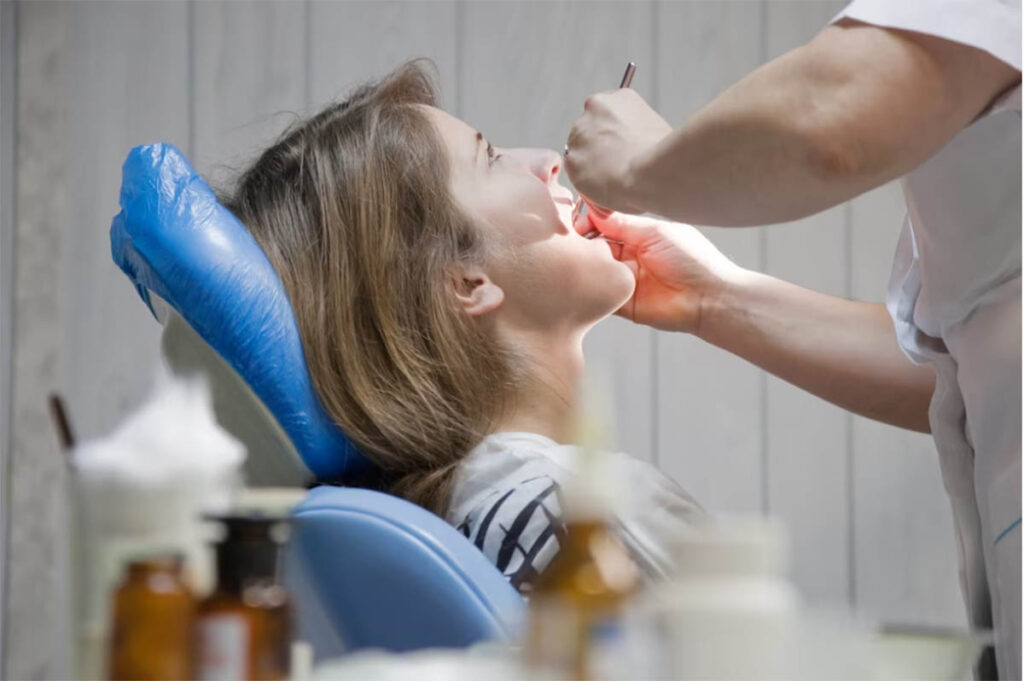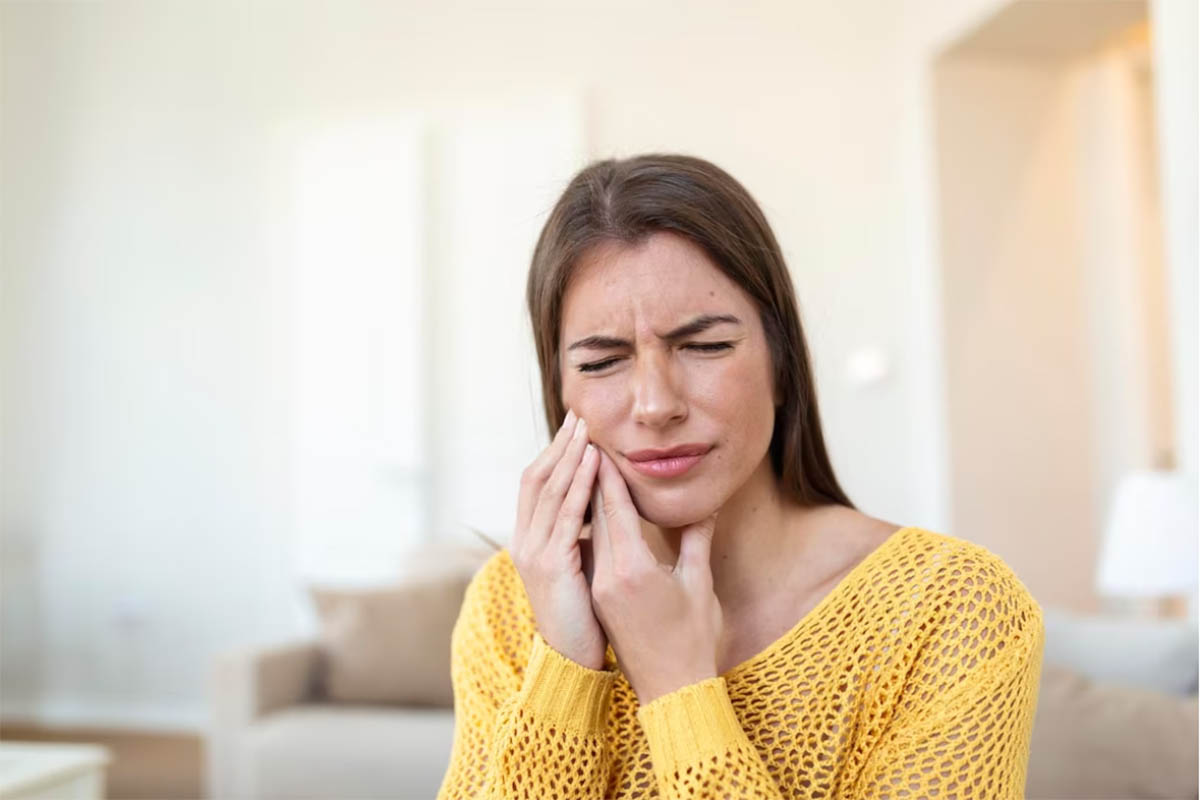Introduction
Jaw bone pain, medically known as temporomandibular joint (TMJ) pain, is a common condition that affects millions of people worldwide. The jaw joint is a complex structure that enables essential functions like chewing, speaking, and yawning. When jaw bone pain strikes, it can lead to discomfort, limited mouth movement, and even difficulty in eating. In this comprehensive article, we will delve into the world of jaw bone pain, exploring its causes, symptoms, diagnosis, and effective relief strategies. Whether you’re seeking to understand the root of your jaw bone pain or looking for ways to alleviate it, this article is your ultimate guide.
Table of Contents
- Understanding the Temporomandibular Joint (TMJ)
- Causes of Jaw Bone Pain
- a. TMJ Disorders
- b. Dental Issues
- c. Trauma and Injuries
- d. Arthritis
- Common Symptoms of Jaw Bone Pain
- Diagnosing Jaw Bone Pain
- Treatment Options for Jaw Bone Pain
- a. Self-Care and Lifestyle Changes
- b. Medications for Pain Relief
- c. Physical Therapy and Exercises
- d. Dental Treatments for TMJ Disorders
- Natural Remedies for Jaw Bone Pain Relief
- a. Heat and Cold Therapy
- b. Jaw Exercises and Stretches
- c. Relaxation Techniques
- Preventing Jaw Bone Pain
- Frequently Asked Questions (FAQs)
- Conclusion
1. Understanding the Temporomandibular Joint (TMJ)
The temporomandibular joint (TMJ) is a hinge-like joint that connects the jawbone to the skull. It enables various movements, such as opening and closing the mouth, chewing, and speaking. The TMJ is supported by muscles, ligaments, and a cushioning disk that helps to absorb shocks during jaw movements.
2. Causes of Jaw Bone Pain

Jaw bone pain can stem from various factors, including:
a. TMJ Disorders
TMJ disorders are a group of conditions that affect the jaw joint and surrounding muscles. These disorders can result from factors such as jaw misalignment, teeth grinding (bruxism), stress, or muscle tension.
b. Dental Issues
Dental problems, such as misaligned teeth, jaw clenching, or an uneven bite, can contribute to jaw bone pain.
c. Trauma and Injuries
Injuries to the jaw or face, such as a fall or a blow, can lead to jaw bone pain.
d. Arthritis
Arthritis, particularly osteoarthritis or rheumatoid arthritis, can affect the TMJ and cause pain.
3. Common Symptoms of Jaw Bone Pain
Jaw bone pain can manifest in a variety of ways, including:
- Jaw Pain: Persistent or intermittent pain in the jaw joint is a common symptom of TMJ disorders.
- Facial Pain: Pain may radiate to the face, temples, or ears.
- Clicking or Popping Sounds: Some individuals may experience clicking, popping, or grating noises when moving their jaw.
- Limited Jaw Movement: Difficulty in fully opening or closing the mouth is common in jaw bone pain.
- Ear Pain: Jaw pain can be mistaken for earaches or ear infections due to the close proximity of the jaw joint to the ears.
- Headaches: Chronic headaches, often resembling tension headaches, can occur as a result of jaw bone pain.
4. Diagnosing Jaw Bone Pain
Diagnosing jaw bone pain typically involves a comprehensive evaluation, including:
- Medical History: The healthcare provider will inquire about your symptoms, medical history, and any recent injuries or accidents.
- Physical Examination: A thorough examination of the jaw and facial area will be conducted to assess the TMJ’s range of motion and look for signs of inflammation.
- Imaging Tests: X-rays, CT scans, or MRIs may be ordered to get a detailed view of the TMJ and rule out other potential causes of jaw bone pain.
5. Treatment Options for Jaw Bone Pain

Effective treatment for jaw bone pain depends on the underlying cause and severity of the condition. Some common treatment options include:
a. Self-Care and Lifestyle Changes
- Rest and Soft Diet: Giving the jaw joint adequate rest and avoiding hard or chewy foods can reduce strain on the TMJ.
- Avoiding Jaw Clenching: Conscious efforts to avoid jaw clenching during the day can help relieve pressure on the TMJ.
b. Medications for Pain Relief
- Over-the-counter Pain Relievers: Nonsteroidal anti-inflammatory drugs (NSAIDs) like ibuprofen can help manage mild to moderate jaw bone pain.
- Muscle Relaxants: Prescription muscle relaxants may be prescribed to reduce muscle tension in the jaw area.
c. Physical Therapy and Exercises
- Jaw Stretches and Exercises: Targeted exercises and stretches can improve jaw mobility and alleviate pain.
- Heat and Cold Therapy: Applying heat or cold packs to the jaw area can help reduce inflammation and ease discomfort.
d. Dental Treatments for TMJ Disorders
- Oral Splints or Mouthguards: Custom-fitted oral appliances can help reduce teeth grinding and provide relief for TMJ pain.
- Bite Adjustment: Dental treatments that correct misalignment or malocclusion may be recommended to alleviate TMJ symptoms.
6. Natural Remedies for Jaw Bone Pain Relief
In addition to medical treatments, several natural remedies can complement the management of jaw bone pain:
a. Heat and Cold Therapy
- Heat Packs: Applying a warm compress to the jaw can relax muscles and reduce pain.
- Ice Packs: Ice therapy can help reduce inflammation and numb the affected area.
b. Jaw Exercises and Stretches
- Jaw Stretches: Gentle stretches can improve flexibility and ease tension in the jaw.
c. Relaxation Techniques
- Yoga and Meditation: Relaxation techniques can help reduce stress, which can contribute to muscle tension and jaw pain.
7. Preventing Jaw Bone Pain
Preventing jaw bone pain involves adopting healthy habits and avoiding triggers that exacerbate the condition:
- Maintain Good Posture: Proper posture can reduce strain on the jaw and neck.
- Avoid Hard or Chewy Foods: Limiting hard or chewy foods can reduce excessive jaw movements.
- Stress Management: Practicing relaxation techniques can help reduce jaw clenching caused by stress.
8. Frequently Asked Questions (FAQs)
- Can jaw bone pain go away on its own?
Mild cases of jaw bone pain may improve with rest and conservative treatments. However, chronic or severe conditions may require medical intervention. - Is jaw bone pain always caused by a TMJ disorder?
Jaw bone pain can result from various factors, including TMJ disorders, dental issues, trauma, and arthritis. - Is jaw bone pain treatable without surgery?
In most cases, jaw bone pain can be managed effectively with non-surgical treatments and lifestyle changes.
9. Conclusion
Jaw bone pain can significantly impact daily life and quality of life. Understanding the causes of Jaw Bone Pain is important to develop an effective rehabilitation program. If you’d like help, call OrMobility Physical Therapy & Performance at 541-845-3311 for assistance.



